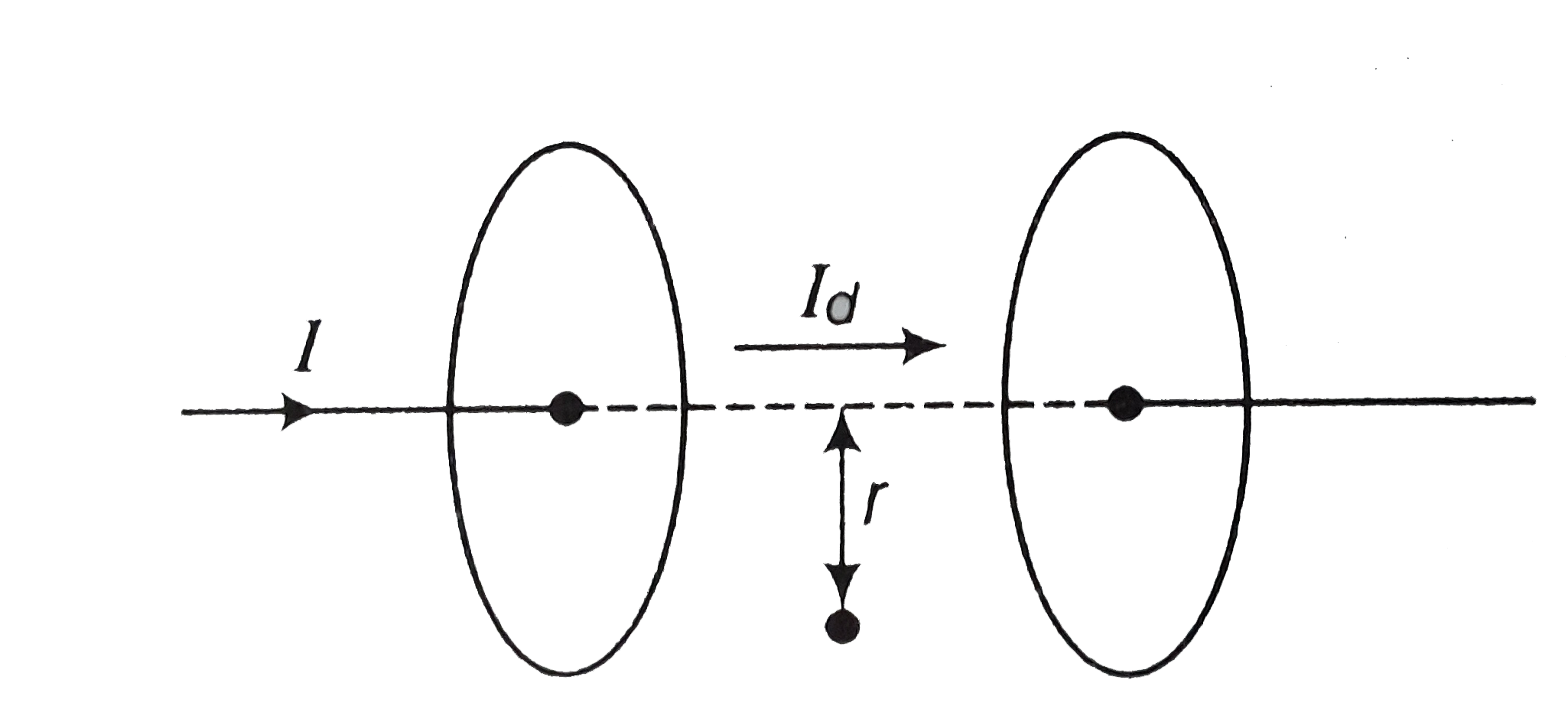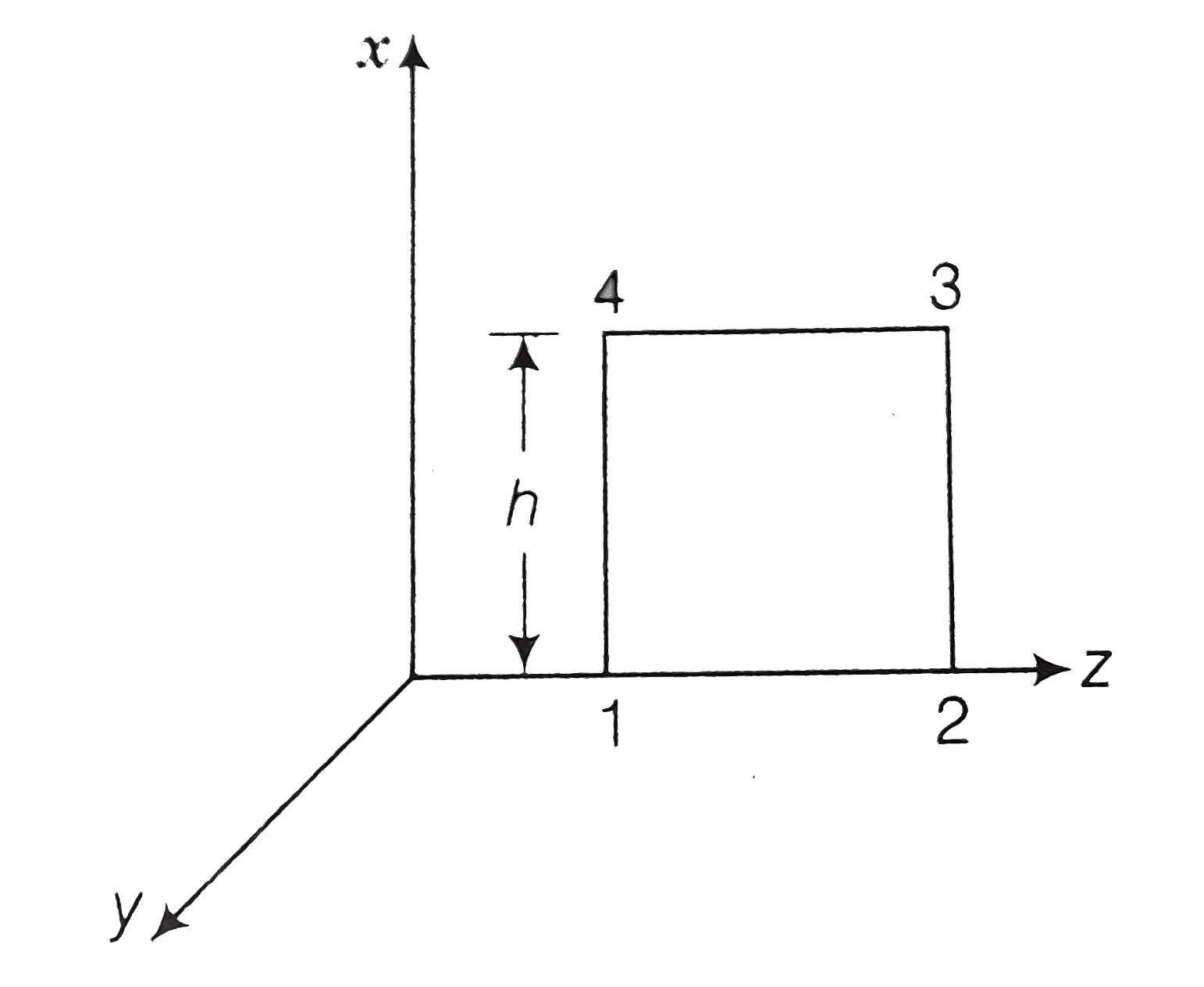Complete Solutions to Electromagnetic Waves of chapter ELECTROMAGNETIC WAVES of Class 12 book with complete answers and questions
| Class 12 | PHYSICS |
| Chapter | ELECTROMAGNETIC WAVES |
| NCERT EXEMPLAR | Electromagnetic Waves |
| Number Of Questions | 32 |
| Academic Year | 2023-24 |
One requires `11eV` of energy to dissociate a carbon monoxide molecule into carbon and oxygen atoms. The minimum frequency of the appropriate electromagnetic radiation to achieve the dissociation lies in.
View SolutionA linearly polarised electromagnetic wave given as `E=E_(0)haticos(kz-omegat)` is incident normally on a perfectly reflecting wall `z=a`. Assuming that the material of the optically inactive, the reflected wave will be give as
View SolutionLight with an energy flux` 20 W//cm^2` falls on a non-reflecting surface at normal incidence. If the surface has an area of `30 cm^2`. the total momentum delivered ( for complete absorption)during 30 minutes is
View SolutionThe electric field intensity produced by the radiations coming from 100W bulbs at a 3m distance is E. The electric field intensity produced by the radiations coming from 50W bulb at the same distance is
View SolutionIf `E` and `B` represent electric and magnetic field vectors of the electromagnetic wave, the direction of propagation of eletromagnetic wave is along.
View SolutionThe ratio of contributions made by the eletric field and magnetic field components to the intensity of an `EM` wave is.
View SolutionAn `EM` wave radiates out wards from a dipole antenna with `E_(0)` as the amplitude of its electric filed vector. The electric field `E_(0)` which transports significant energy from the source falls off as
View SolutionAn EM wave travels in vacuum along z direction:
`vecE=(E_1hati+E_2hatj)cos (kz-omega)`. Choose the correct option from the following :
View SolutionAn electromagnetic wave travelling along z-axis is given as `E=E_(0) " cos "(kz- omegat).` Choose the correct options from the following
View SolutionA plane electromagnectic wave propagating along x-direction can have the following pairs of `E` and `B`.
View SolutionA charged particle oscillates about its mean equilibrium position with a frerquency of `10^9 H_z`. The electromagnetic waves produced.
View SolutionThe source of electromagnetic waves can be a charge.
View SolutionAn electromagnetic wave of intensity `I` falls on a surface kept in vacuum and exerts radiation pressure `p` on it.Which of the following are true ?
View SolutionWhy is the orientation of the portable radio with respect tp broadcasting station important?
View SolutionWhy does microwave oven heats up a food item containing water molecules most efficiently?
View SolutionThe charge on a parallel plate capacitor varies as `=q_0 cos 2pi ft`. The plates are very large and close together (area=a,separation=d). Neglecting the edge effects, find the displacement current through the capacitor.
View SolutionA variable frequency AC source is connected to a capacitor. How will the displacement current change with decrease in frequency?
View SolutionThe magnetic field of a beam emerging from a filter facing a floodlight is given by `B=12xx10^-8sin(1.20xx10^7z-3.60xx10^14t)T`.
What is the average intensity of the beam?
View SolutionPolynting vectors `vecS` is defined as a vector whose magnitude is equal to the wave intensity and whose direction is along the direction of wave propogation. Mathematically, it is given by `vecS=1/(mu_0) vecExxvecB`. Show the nature of `S` vs `t` graph
View SolutionProfessor C.V Raman surprised his students by suspending freely a tiny light ball in a transparent vacuum chamber by shining a laser beam on it. Which property of EM waves was he exhibiting? Give one more example of this property.
View SolutionShow that the magnetic field B at a point in between the plates of a parallel plate capacitor during charging is `(mu_(0)epsilon_(0)r)/(2) (dE)/(dt)` (symbols having usual meaing). ,

View SolutionElectromagnetic waves with wavelength
(i) `lambda_1` is used in satellite communication.
(ii) `lambda_2` used to kill germs in water purifier.
`lambda_` used to detect leakage of oil in underground pipelines.
`lambda_4` used to improve visibility in runways during fog and mist conditions.
(a) Identify and name the part of e.m. spectrum to which these radiations belong.
(b) Arrange these wavelengths in ascending order of their magnitude.
(c) Write one more application of each.
View SolutionShow that average value of radiant flux density `S` over a single period 'T' is given by `S=1/(2cmu_0)E_0^2`.
View SolutionYou are given a `2mu F` parallel plate capacitor. How would you establish an instantaneous displacement current fo 1mA in the space between its plates?
View SolutionShow that the radiation pressure exerted by an EM wave of intensity I on a surface kept in vacuum is `I//c`.
View SolutionWhat happens to the intensity of light from a bulb if the distance from the bulb is doubled ? As a laser beam travels across the legth of room, its intesity essentially ramain constant.
What geonetrical characteristric of LASER beam is responsible for the constnat intensity which is missing in the case of light from the bulb?
View SolutionEven though an electric field `vecE` exerts a force `avecE` on a charged particle yet the electric field of an EM wave does not contribute to the radiation pressure (but transfer energy). Explain.
View SolutionAn infinitely long thin wire carrying a uniform linear static charge density `lambda` is placed along the z-axis Fig. The wire is set into motion along its length with a uniform velocity `vecv=vhatk`. Calculate the poynting vector `vecS=1/(mu_0)(vecExxvecB)`.

View SolutionSea water at frequency `v=4 xx 10^(8)` Hz has permittivity `epsilon ~~ 80 epsilon_(0)` permeability `mu= mu_(0)` and resistivity `rho= 0.25`M. Imagine a parallel plate capacitor immersed in sea water and driven by an alternating voltage source `V(t) =V_(0) " sin "(2pivt).` What fraction of the conduction current density is the displacement current density ?
View SolutionA long straight cable of length l is placed symmetrically along z-axis and has radius `a(ltlt l).` The cable consists of a thin wire and a co- axial conducting tube. An alternating current `I(t) = I_(0) " sin " (2pi vt)`. Flows down the central thin wire and returns along the co-axial conducting tube. the induced electric at a distance s from the wire inside the cable is
`E(s ,t) =mu_(0) I_(0) v " cos "(2pivt) In ((s)/(a)) hatk`.
(i) Calculate the displacement current density inside the cable.
(ii) Integrate the displacement current density across the cross- section of the cable to find the total displacement current `I^(d)`.
(iii) compare the conduction current `I_(0)` with the displacement current `I_(0)^(d)`.
View SolutionA plane EM wave travelling in vacuum along z-direction is given by `E=E_(0) " sin "(kz- omegat) hati " and " B =B_(0) " sin " (kz- omegat) hatj`
(i) Evaluate `intE. dl` over the rectangular loop 1234 shown in figure.
(ii) Evaluate `int B.ds` over the surface bounded by loop 1234.
(iii) Use equation `int E.dl = (-dphi_(B))/(dt)` to prove `(E_(0))/(B_(0)) =c.`
(iv) By using similar proces and the equation
`int B.dl =mu_(0) I+ epsilon_(0) (dphi_(E))/(dt),` prove that `c (1)/(sqrt(mu_(0) epsilon_(0))`

View SolutionA plane EM wave travelling along z direction is described by
`E=E_0sin (kz-omegat) hati and B=B_0 sin (kz-omegat)hatj`.
show that
(i) The average energy density of the wave is given by `u_(av)=1/4 epsilon_0 E_0^2+1/4 (B_0^2)/(mu_0)`.
(ii) The time averaged intensity of the wave is given by `I_(av)=1/2 cepsilon_0E_0^2`.
View Solution
Electromagnetic Waves questions and complete solutions for chapter ELECTROMAGNETIC WAVES of NCERT PHYSICS (HINGLISH) of Class 12